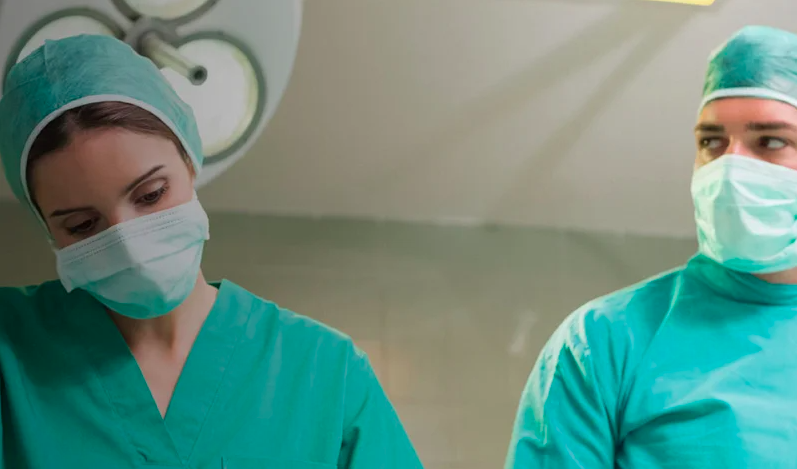Anaesthesia | Trauma | Principles of the management of head injury and brain protection



Principles of the Management of Head Injury and Brain Protection
Session Overview
Description
This session provides an overview of the fundamental principles of the management of moderate and severe traumatic brain injury, concentrating on the hours immediately post-injury.
After discussing classification of head injury the session covers assessment, resuscitation, radiology and referral, and the essentials of ongoing care in the intensive care unit. Factors influencing prognosis are also mentioned.
Learning Objectives
By the end of this session you will be able to:
- Classify traumatic brain injury according to severity
- Describe the initial assessment and management of the patient with traumatic brain injury
- Identify patients requiring CT scanning, intubation or referral to specialist services
- Recognize what is required on admission to the intensive care unit
- List the features determining prognosis after head injury
Prerequisites
Before commencing this session you should be familiar with:
- Anatomy of the central nervous system
- Physiology of the central nervous and cardiovascular systems
- Pharmacology of anaesthetics, vasopressors, intravenous fluids
- Anticonvulsants
In England and Wales, ∼1.4 million patients per year present to hospital with a traumatic brain injury (TBI). It is the most common cause of death under the age of 40 years [1](read details regarding the reference).
Overall, 61% of patients with known outcome have an unfavourable outcome (death or severe disability) at 6 months [2](read details regarding the reference).
While those aged 20-30 years are most likely to suffer TBI due to road traffic accident (RTA), the largest affected age group is those aged 70-90 years. In this group, the mechanism of injury is most commonly a fall from <2 meters.
TBI represents a major burden on family and society.
Prompt recognition of life-threatening primary injuries is essential as immediate treatment will reduce morbidity and mortality. Both intracranial and systemic causes of secondary injury are also amenable to intervention.
Anaesthetists have a central role in the care of the brain-injured patient, from the emergency department (ED), to theatre, to the ICU.
Appropriate care has the potential to prevent death and major disability.
- Anaesthesia | Physiology | Mechanics of Ventilatio...
- Posted By eIntegrity Healthcare e-Learning
- Posted Date: 2025-02-21
- Location:Online
- This session continues to look at respiratory mechanics, including lung compliance, the role of surfactant and the factors that determine whether airflow is laminar or turbulent. Respiratory function tests are also explained
- Anaesthesia | Physiology | Ventilation/Perfusion A...
- Posted By eIntegrity Healthcare e-Learning
- Posted Date: 2025-02-21
- Location:Online
- This session describes how and why ventilation and perfusion vary in the healthy lung. Causes of hypoxia, such as hypoventilation, increased dead space and shunt, are discussed to help the trainee explain and manage hypoxia clinically.
- Anaesthesia | Physiology | Pulmonary Ventilation: ...
- Posted By eIntegrity Healthcare e-Learning
- Posted Date: 2025-02-21
- Location:Online
- This session covers the measurement and clinical importance of lung volumes, including functional residual capacity and dead space. Information regarding the performance and interpretation of flow-volume loops is also included.
- Anaesthesia | Physiology | Co2 Carriage in Blood a...
- Posted By eIntegrity Healthcare e-Learning
- Posted Date: 2025-02-21
- Location:Online
- This session covers the physiology of how carbon dioxide is carried by blood, including its conversion into bicarbonate ions and the role of the red blood cell and haemoglobin in this process. The session also describes how buffers work, and the fundament
- Anaesthesia | Physiology | Function of Haemoglobin...
- Posted By eIntegrity Healthcare e-Learning
- Posted Date: 2025-02-21
- Location:Online
- This session focusses on the function of haemoglobin in oxygen (O2) carriage from the lungs to other tissues where cells are supplied with the O2 required for oxidative phosphorylation in the mitochondria. We will cover the structure




